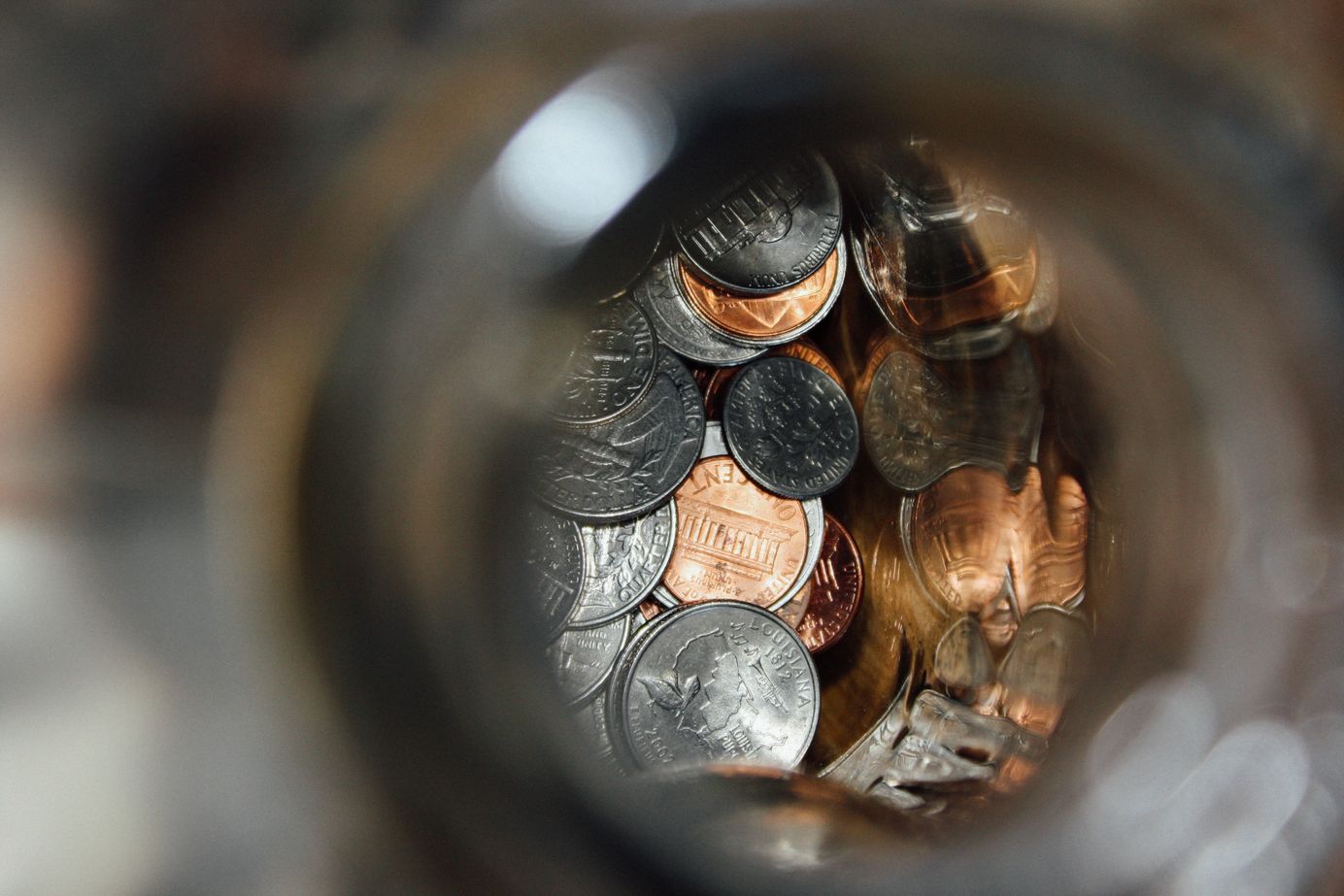
Creating an Emergency Fund
Learn what an emergency fund is and how you can start building one.
Everyone has financial goals they'd like to accomplish, and usually the first one is to be able to survive an unexpected financial expense. The ability to do so could mean multiple streams of income, like having a side hustle, or keeping an emergency fund for backup. Do you have an emergency fund?
What is an Emergency Fund and Why is it Important?
An emergency fund is cash reserved for unplanned expenses or financial emergencies. Your car could suddenly break down, a medical emergency could come out of the blue, or a worldwide pandemic could force you to stay home away from your job. Save your money for these rainy days! Don’t rely on credit cards and loans to fund your emergencies, which can lead to a pile of debt that can be fairly difficult to pay off.
The amount of money needed in your emergency fund depends on your situation. Find what works best for you! If it’s difficult, remember that it’s okay to start small and add to it little by little. The important thing is starting a fund and staying consistent by continuously adding to it.
Here are Different Ways to Start:
1) Saving Habits
- Make it a habit to save. It should become a practice that is so natural to do!
- Begin with setting up SMART goals for yourself. These are specific, measurable, attainable, relevant, and time based goals. Ask yourself questions in order to define these goals. For instance, will you be setting up different funds for different situations or accumulating one large sum?
- Set timelines for your goals. Will they be weekly goals? Monthly? Yearly? It is wise to have both short and long term goals. Perhaps you could set up milestones leading up to an ending goal.
- Create systems for consistent contributions. Ensure a means to fill up your emergency fund at timely intervals. This could be setting up reminders for yourself, keeping a savings journal, or making transfers automatic.
- Monitor your progress. Check on how well you are saving! Are you reaching your goals? Perhaps you could make greater contributions than you first thought. Checking your progress keeps you on track and helps you decide when it’s time to set new goals.
- Celebrate successes/milestones. When reaching those milestones, it is essential to celebrate. You were able to achieve your goals and celebrating can give you the push you need to keep on going!
2) Manage Your Cash Flow
- Monitor the cash coming in and out (income vs expenses/spending) of your accounts. By actively tracking your cash, you can find opportunities to deposit into your emergency fund.
3) One Time Opportunities
- Besides the funds you’re consistently putting in, there may be times when you receive funds irregularly. When getting back a tax return or receiving a holiday gift, consider saving all of that money or even a portion of it.
4) Make Savings Automatic
- Remembering to transfer money back and forth between accounts for your emergency fund can be a hassle. It is simple to set up recurring transfers from your checking account to savings account, just decide how much and how often. This amount is entirely up to what you are comfortable with and what your income can support.
5) Save Through Work
- Much like making your savings automatic, this tip lets you put away your money without having to constantly do it yourself. If you received a paycheck through direct deposit, ask your employer if it’s possible to divide it between two accounts. This way, you have allocated different spaces for your money, easily knowing what to spend and what not to spend.
Where to Keep your Emergency Fund
This depends on your situation and preferences. There are a lot of factors to keep in mind, including your income and risk tolerance. Decide on what factors are the most important to you and take action accordingly.
1) Bank or Credit Union Account
A checking account at an insured bank or credit union is one of the safest places to put your money. It is easily accessible and withdrawing has no cost. Checking accounts are a great means to store your disposable income, the money that you use everyday.
2) Prepaid Card
Prepaid cards look like credit cards, but they are more similar to gift cards in method. You can only spend as much as you have loaded into your card. This way, you don’t have to worry about charges, due dates, or late payments. There is nothing to worry about besides reloading your card as needed!
3) Cash
Be careful with your cash! It can be stolen, lost, or destroyed. And cash is very static, unable to move/transfer quickly as well as unable to grow itself.
When should You Use Your Emergency Fund?
It is entirely up to you when you should use your emergency fund. It is your money, your choice. Set guidelines for yourself on defining an emergency and how you would use it. Mark these situation standards somewhere you can refer back to and when temptation strikes, stay true to what you decide.
Don’t be afraid to use this money when you really need it. But be sure to build this fund back up as rainy days are not always in the forecast. It is best to be prepared. Save for the unexpected.








